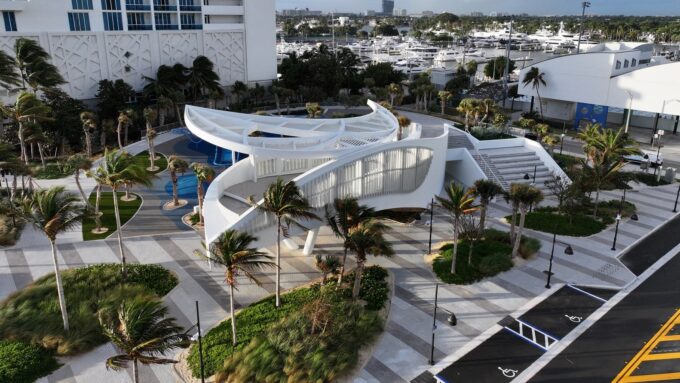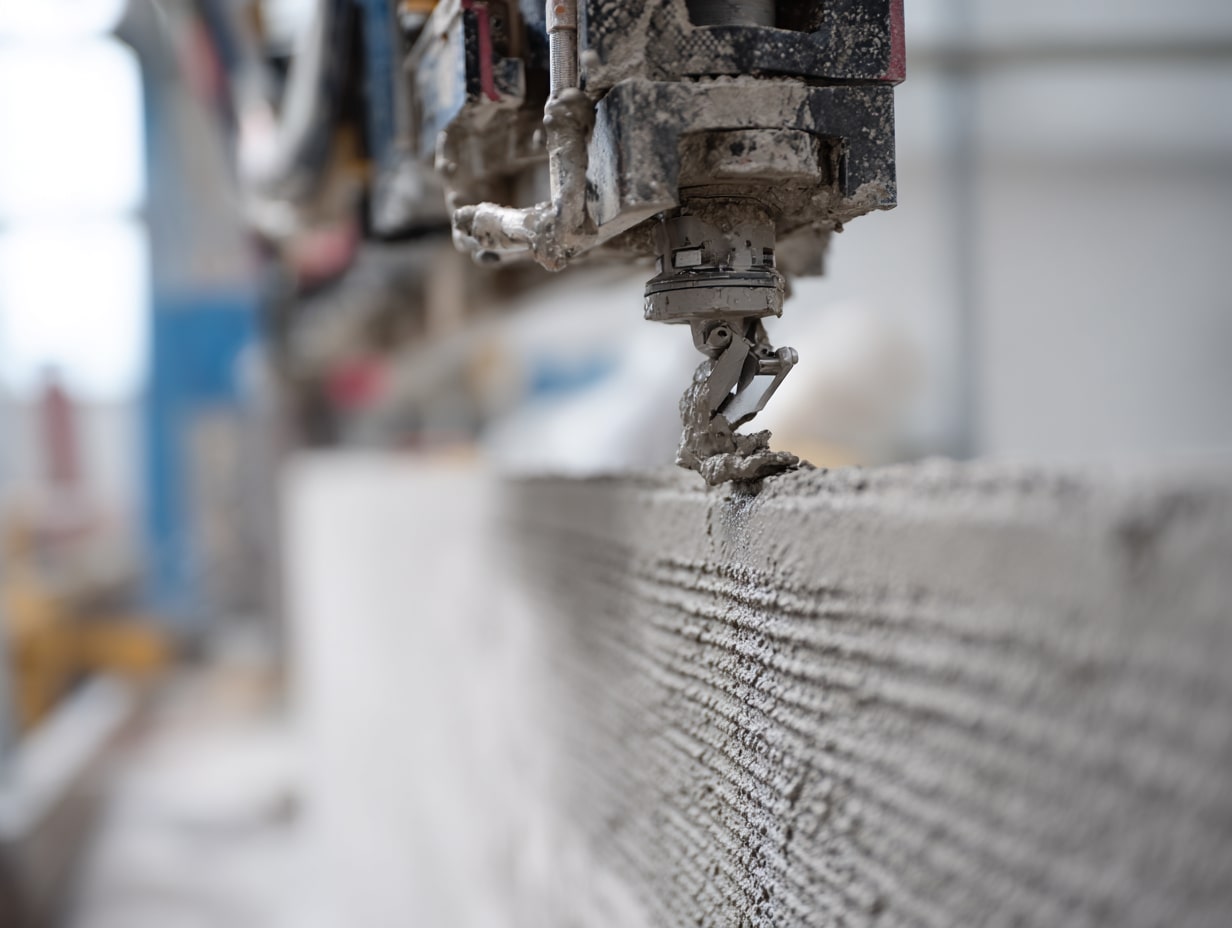- Home
- Articles
- Architectural Portfolio
- Architectral Presentation
- Inspirational Stories
- Architecture News
- Visualization
- BIM Industry
- Facade Design
- Parametric Design
- Career
- Landscape Architecture
- Construction
- Artificial Intelligence
- Sketching
- Design Softwares
- Diagrams
- Writing
- Architectural Tips
- Sustainability
- Courses
- Concept
- Technology
- History & Heritage
- Future of Architecture
- Guides & How-To
- Art & Culture
- Projects
- Interior Design
- Competitions
- Jobs
- Store
- Tools
- More
- Home
- Articles
- Architectural Portfolio
- Architectral Presentation
- Inspirational Stories
- Architecture News
- Visualization
- BIM Industry
- Facade Design
- Parametric Design
- Career
- Landscape Architecture
- Construction
- Artificial Intelligence
- Sketching
- Design Softwares
- Diagrams
- Writing
- Architectural Tips
- Sustainability
- Courses
- Concept
- Technology
- History & Heritage
- Future of Architecture
- Guides & How-To
- Art & Culture
- Projects
- Interior Design
- Competitions
- Jobs
- Store
- Tools
- More

Remodeling a kitchen is one of the most rewarding home improvement projects. However, it can be one of the most expensive and disruptive projects. For instance, a poorly planned renovation can quickly spiral into unexpected costs, delays, and long-term regrets.
In addition, many homeowners focus on finishes and aesthetics without addressing the underlying structure or long-term usability. To help you avoid these setbacks, this article outlines the most common mistakes people make during kitchen renovations and explains how to prevent them.
Table of Contents
ToggleKey Oversights That Can Derail Your Kitchen Renovation
As we discuss the most common kitchen remodeling mistakes below, we also explore tips to help you avoid them.
Hiring the Wrong Contractors
The contractor you choose can make or break your kitchen remodel. A skilled professional ensures everything runs smoothly, from permits and timelines to craftsmanship and code compliance.
On the other hand, hiring someone based on a low quote or vague promises often leads to project delays, hidden costs, and subpar work. Some homeowners also fall into the trap of hiring unlicensed contractors, only to be left without legal recourse when problems arise.

Therefore, vet your contractor thoroughly before signing any agreement. Ask for proof of licensing and insurance, request client references, and review their portfolio. Ensure everything is in writing, including payment terms, timeline, and materials.
Further, trustworthy kitchen remodel professionals communicate openly, stick to the agreed plan, and value your time and money. Terry, a lead designer at Future Design Build, says, “A licensed contractor can spot potential issues before they become expensive mistakes.”
Failing to Plan for Workflow and Layout
A kitchen may look beautiful, but if it’s difficult to navigate, it will quickly become frustrating. Thus, ignoring the flow between the sink, stove, and refrigerator disrupts efficiency. These three points form what’s known as the kitchen work triangle. When these points are too far apart or blocked by islands or cabinetry, it forces unnecessary steps and slows meal prep down. A functional layout should support how you use the space every day.
Ignoring Storage Needs
Many homeowners underestimate how much space they need for food, cookware, and small appliances. Prioritize deep drawers, well-placed cabinets, and dedicated pantry space. In addition, consider corner solutions, pull-out organizers, and vertical storage to make the most of every inch. Adequate storage keeps the kitchen clean, organized, and practical. Open shelving and minimalist aesthetics may be popular, but without enough closed storage, clutter builds fast.

Choosing Style Over Function
Trendy finishes and high-end features can be tempting, but form should never compromise function. For instance, matte black faucets look sleek but can show water spots easily. In addition, waterfall countertops might impress, but they may offer little when you consider their utility.
Choose materials and layouts that suit your lifestyle, not just current design trends. Further, durable surfaces, ergonomic features, and low-maintenance options make using your kitchen enjoyable for years.
Underestimating the Budget
One of the most common pitfalls is failing to create a realistic budget with a cushion for surprise expenses. For instance, hidden electrical issues, plumbing updates, or delivery delays can quickly add thousands to your bottom line. Thus, allocate at least 15 to 20 percent of your budget as a contingency. Be honest about your priorities and make trade-offs early to avoid sacrificing essential features later.
Skipping Proper Lighting Layers
A single overhead fixture won’t cut it in a modern kitchen. Without layered lighting, you’ll struggle to see what you’re doing, especially during food prep or cleanup. Combine ambient lighting with task lighting over counters and under cabinets. In addition, accent lighting can enhance visual appeal by highlighting features like backsplashes or open shelving.
Overlooking Ventilation
Cooking produces moisture, grease, and odors that can linger in the air or damage finishes over time. Hence, even the best kitchen can become unpleasant when you forget to install proper ventilation. For example, a quality range hood vented to the outside is essential, especially if you cook frequently. Don’t rely on a recirculating hood unless your cooking is very light.

Not Accounting for Future Needs
A kitchen should serve you well beyond your current lifestyle. Failing to think ahead can lead to another costly remodel within a few years. As such, consider whether the space will accommodate aging family members, children, or changing accessibility needs. Features like wider walkways, adjustable countertops, or pull-out shelving can add lasting value without sacrificing design.
Neglecting Appliance Placement and Electrical Planning
Appliances often come as an afterthought during kitchen remodeling, yet you should integrate their placement into the design. Misjudging space requirements, forgetting electrical outlet needs, or placing appliances too close together can cause serious issues during installation. For example, installing a fridge next to a wall might restrict the door swing.
Just as important is the electrical plan. Modern kitchens rely on multiple high-powered appliances, which means your electrical system must be up to code and able to handle the load. Failing to install enough outlets, misplacing them, or not assigning dedicated circuits for large appliances like ovens and dishwashers can lead to expensive rewiring after construction begins.
Conclusion
A successful kitchen remodel requires more than a vision board and a contractor. It demands careful planning, informed decision-making, and attention to form and function. For instance, overlooking essential details like layout efficiency, lighting design, and long-term usability can lead to regret and added costs down the line.
Trained as an architect and seasoned in the editorial trenches, I turn raw design concepts into compelling narratives that resonate beyond studio walls. My work spans in-depth project spotlights, interviews with visionary designers, and analysis pieces that distill complex technical data into accessible insights. Whether polishing copy for publication or generating original features, I draw on years of practice to ensure every sentence captures architecture’s rigor, poetry, and cultural impact—inviting professionals and enthusiasts alike to see the built environment through a sharper, more inspired lens.
Submit your architectural projects
Follow these steps for submission your project. Submission FormLatest Posts
3D Printed Homes: Time, Cost, and What to Expect
3D printed homes explained: realistic timelines (24–72h walls, 8–16 weeks total), true...
How a Contact Centre Boosts Trust in Your Building Business
In construction, trust is the glue that holds projects together. Clients need...
How Real Time Parcel Geolocation Is Redefining Last Mile Efficiency for Modern Businesses
Last mile delivery has become the most critical point in the customer...
How Can Small Spaces Stay Stylish and Relaxing?
In today’s fast-paced urban lifestyle, small living spaces are becoming increasingly common....












Leave a comment